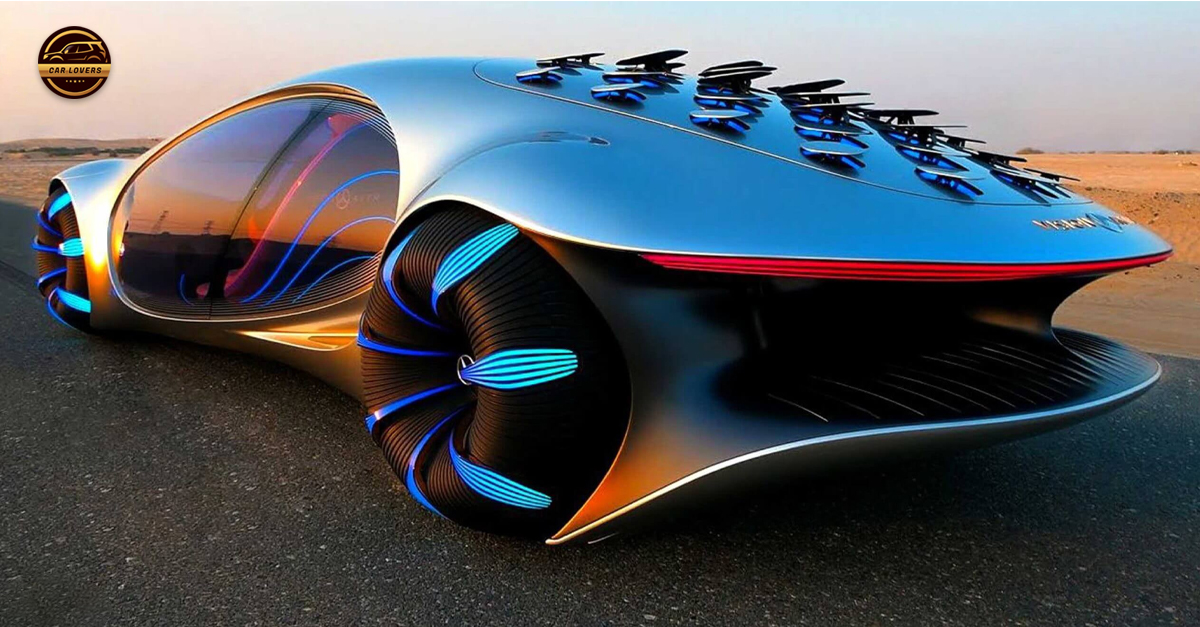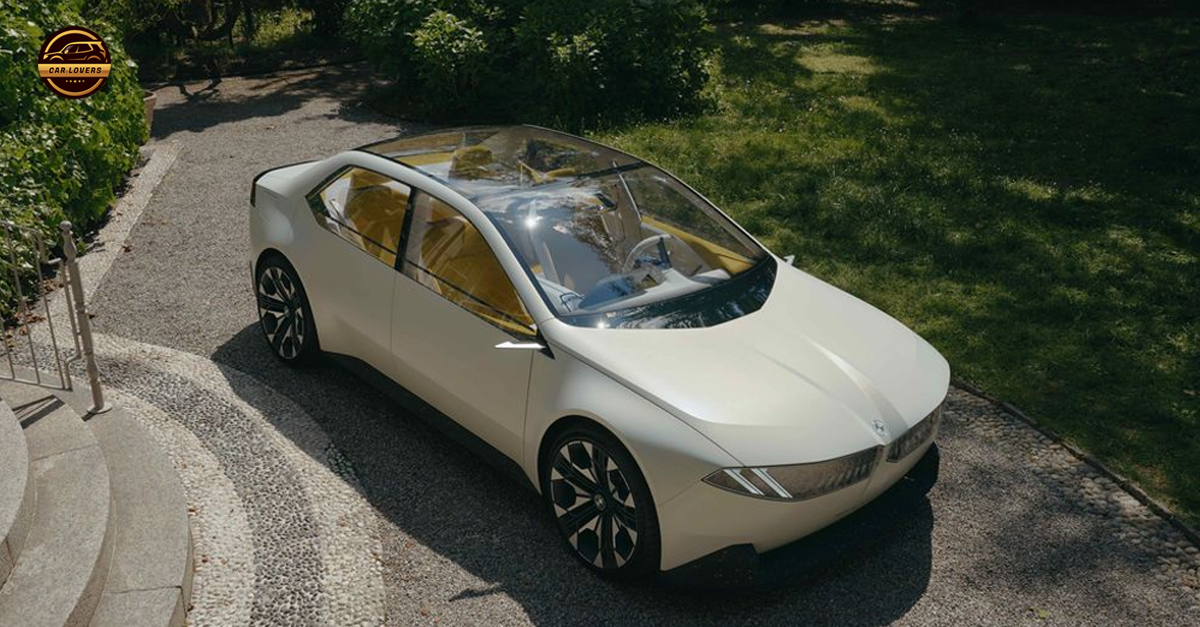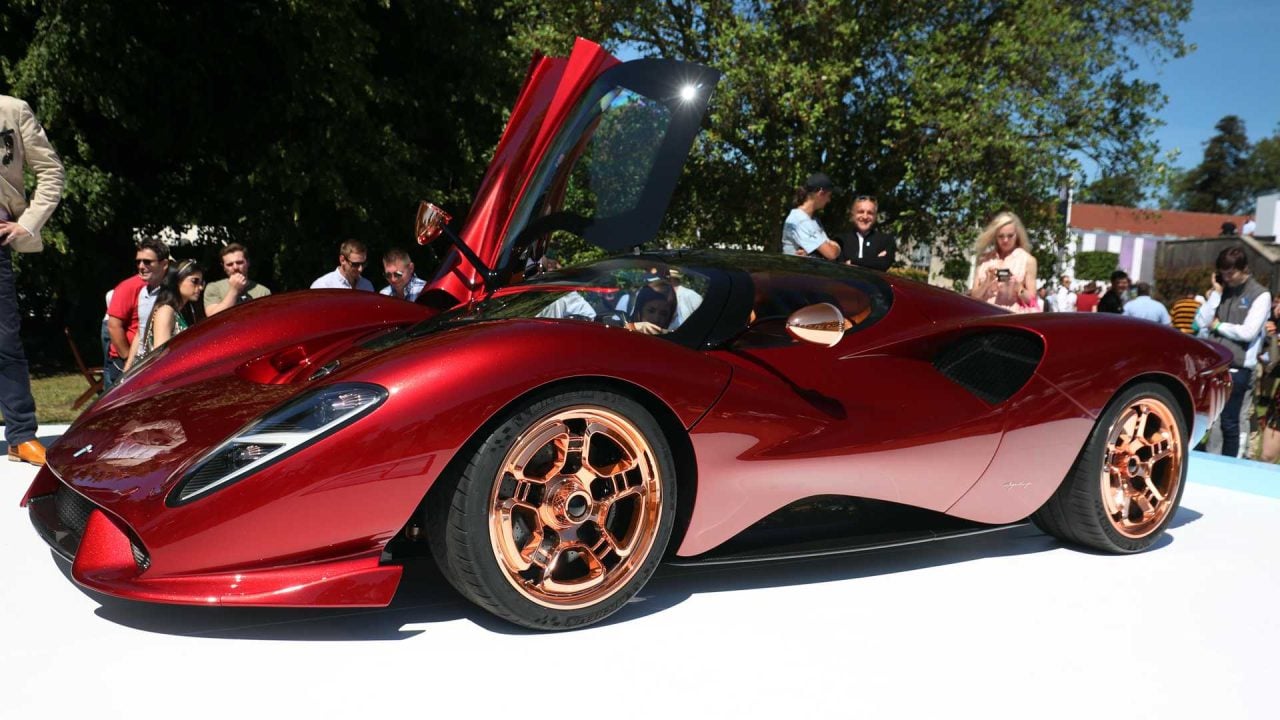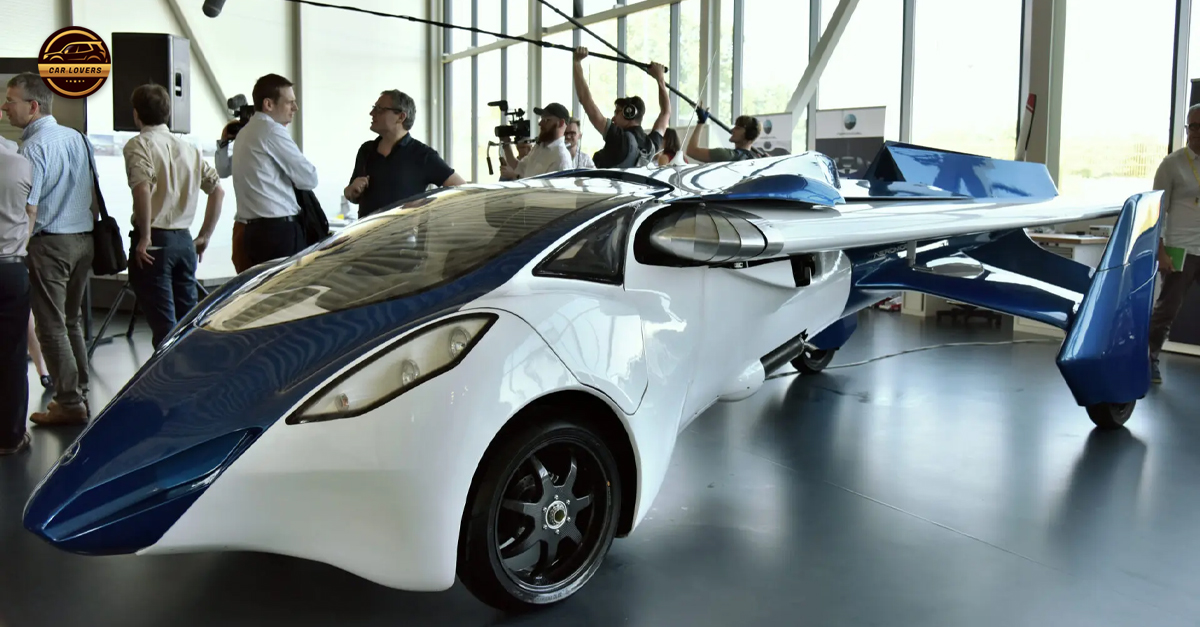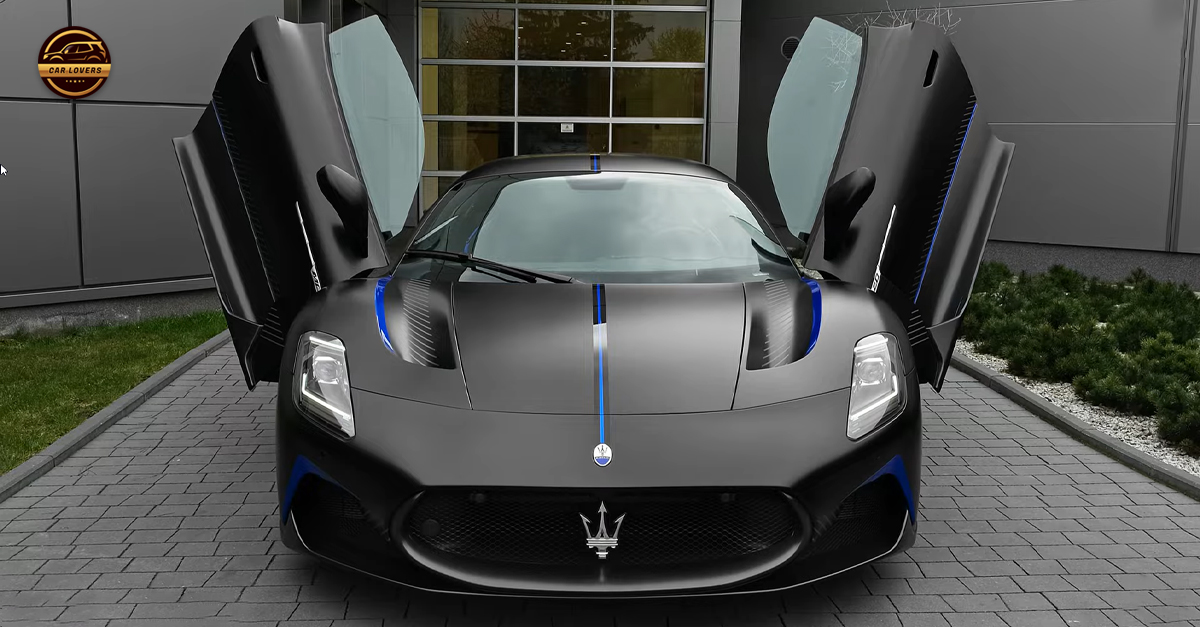The small but mighty 2024 Subaru Crosstrek Wilderness is the latest of the company’s offerings painted with the Wilderness off-road brush. New for the Crosstrek’s recently introduced third generation, the Wilderness is outfitted to take on the majority of life’s situations. Although it’s petite in size and humble in power output, we reckon most buyers will be more thrilled by its performance of intended function.
In short, this is a car that very much satisfies the assignment’s requirements.
More Clad, No Care
Design updates for the new Crosstrek are only obvious to a well-trained eye, but the 2024 Subaru Crosstrek Wilderness is much easier to spot. And it’s not off-road cosplay, either.

Sitting on slightly raised suspension, the SUV’s lower body cladding washes up higher on its sides, wheel arches, and front and rear bumpers than on non-Wilderness models. This is all to fend off any trail-related dings or scratches that might occur. There’s an anti-glare matte hood decal, a metal front skidplate, and copper accents all over.
From the factory, you get Yokohama Geolandar tires fitted to 17-inch, matte-black aluminum wheels. We’ll note these tires are all-terrain tires instead of a highway tire playing dress up. The advantage is you’ll have better traction on gravel surfaces; the disadvantage is you might slide a bit more easily on sandy surfaces and have a bit less grip than with a traditional tire on pavement. Subaru said it retuned the transmission for better off-road performance, and a revised final drive ratio improves low-speed traction. Towing capacity, meanwhile, rises a ton to 3,500 pounds. Finally, the Crosstrek Wilderness also comes in Geyser Blue, which is a Wilderness-exclusive exterior paint color.

EZ Clean Interior
The interior layout doesn’t differ hugely from the Crosstrek to the Wilderness. You still get the improved seats, the sluggish-to-use and portrait-oriented touchscreen, a second row on the tighter side, and wide-opening rear doors.

However, Subaru spruced up the 2024 Crosstrek Wilderness by predicting what sort of features best suit the activity-minded buying pool. As a result, the SUV comes with all-weather floormats, a black headliner that won’t show scuffs, a tailgate-mounted LED work light, and water-resistant seat upholstery. The trunk also includes a water-resistant cargo tray that’s easily cleaned after you toss muddy gear back there. In practice, it’s an interior you don’t feel like you have to be precious about, but it also walks the line of still feeling nice.
Wildin’ Out There
Slide into the driver’s seat, and the first thing to note is the excellent driving position, namely its raised height and good visibility over the low cowl. Thanks to 9.3 inches of ground clearance, ingress and egress is also improved. Start the engine, and you’ll note how much less it shakes the cabin, a testament to the new Crosstrek’s improved NVH qualities.

The Wilderness boasts no extra power versus what regular Crosstreks offer, so the 2.5-liter four-cylinder boxer produces 182 hp and 178 lb-ft of torque. It’s sent to all four wheels via a continuously variable transmission. Subaru gets dunked on for its wide use of CVTs, but frankly the system doesn’t warrant many complaints in practice. It does its job in the background while you go about your business around town or on the highways.
Under acceleration is when you’ll feel it, giving the odd sensation of gears shifting, and not very consistently at that. The car needs 8.3 seconds to hit 60 and does the quarter mile in 16.4 seconds at 87.1 mph. That isn’t too quick or fast, but it is superior to the 2.0-liter engine Subaru offers on lower Crosstreks that accelerate to 60 in 9.1 seconds and through the quarter mile in 17.0 seconds at 84.8 mph. Comparatively, the 2021 Ford Bronco Sport Badlands we tested a couple of years ago makes 250 hp and 277 lb-ft of torque, can hit 60 in 6.5 seconds, and does the quarter mile in 15.3 seconds at 87.8 mph.

But the Wilderness isn’t built to win drag races. It handles the slow and unpaved stuff much better than its lesser siblings. On our testing routes, the ride was soft and cushy over the harshest bumps, cabin vibrations were well absorbed, and the extra ride height directly correlates with on-trail confidence. On both sand and gravel, the Wilderness’ sure-footedness delighted us; its lack of slippage even encouraged us to push it a little further to test its boundaries, especially in X mode. It isn’t a devoted rock crawler like the Ford Bronco or Jeep Wrangler, but for a little SUV with pedestrian roots, the Crosstrek Wilderness is great.
Even so, the long-travel suspension doesn’t mean the SUV is floppy or loose on paved surfaces. It’s surprisingly spry on a curved back road with only a bit of lean that never suggests you’re rolling out of control. On our figure-eight course, we noted the setup doesn’t exhibit much understeer, and the understeer you do encounter is corrected easily by backing off the throttle. The chassis will rotate into the curves pretty hard but won’t oversteer.

Indeed, there’s a good amount of poise in the handling, as the suspension prevents roll to give the body predictable, stable, cohesive movements. At the same time, it allows for a lot of compliance and travel to soak up impacts—a ride that’s perhaps not very sophisticated but is always comfortable.
The brakes, however, fell short of expectation. There’s a noticeable amount of play at the top of the pedal travel that requires getting used to. After that, though, there’s good buildup in residual pressure and brake feel. Still, we measured a 140-foot braking distance from 60 mph to 0, which isn’t stellar for a safety-oriented subcompact that weighs just 3,449 pounds. This is the price to pay for those knobby all-terrain tires, as the Crosstrek Premium and Limited models we tested without them stopped in 121 and 123 feet, respectively. Furthermore, the braking action felt more like a slide than a controlled stop—like locking the coaster brake on a bicycle. Despite the long braking distance, the Wilderness can brake relatively late into a turn and corners neutrally with some trail braking.

Finally, our test routes took us on a mix of 55-mph two-lane roads and highway. The Subaru’s standard Eyesight driver assist system had some trouble following lane markers and centering itself in certain conditions, but it worked flawlessly on the highway. There, it proved to be excellent at “seeing” the other cars around it and scrubbing speed organically when it sensed traffic slowing up ahead.
A Great Little Package
As tested, the 2024 Subaru Crosstrek Wilderness came to $35,560. That includes a $2,270 option package with a Harman Kardon speaker system, a power moonroof, and 10-way powered driver’s seat. Otherwise, standard features include adaptive cruise with lane centering, blind-spot detection with rear cross-traffic alert, roof rails, automatic high-beams, dual-zone climate, heated seats, wireless phone charger, wireless Android Auto and Apple CarPlay, and a leather-wrapped steering wheel and shifter. For a bite-sized but capable little off-roader, it’s quite handsomely equipped.

Crosstreks are beloved for their size, utility, and price. Subaru was wise not to mess any of that up for the model’s third generation. It seems like Subaru listened to what its buyers wanted, so it was only a matter of time before a Wilderness version materialized. Subaru owners already tend to enjoy adventuring, exploring, and being active. The Wilderness is just meant to keep up a bit better with all that.


